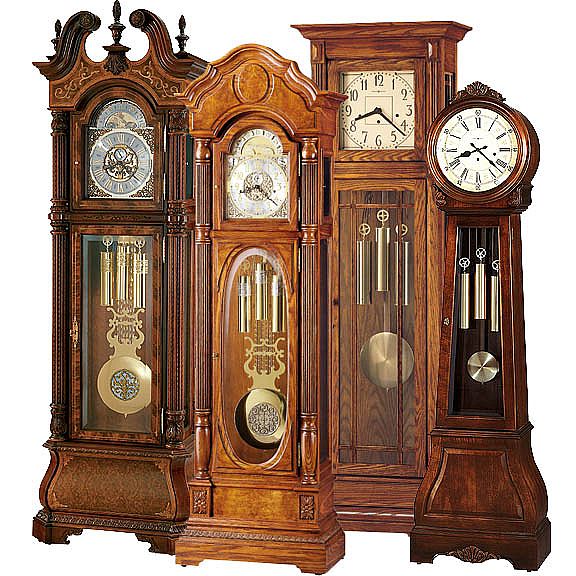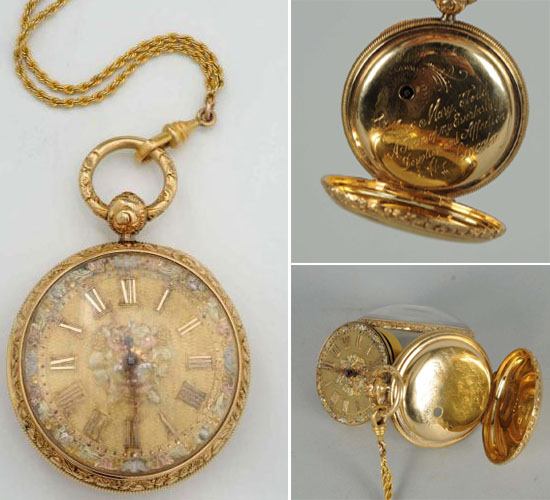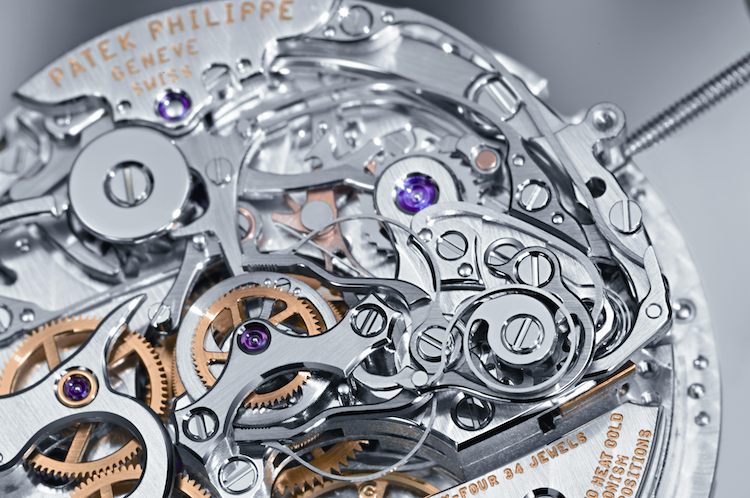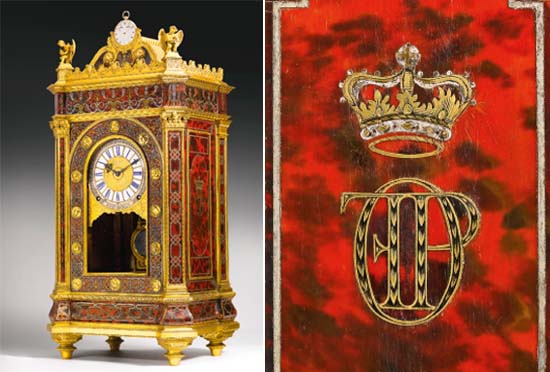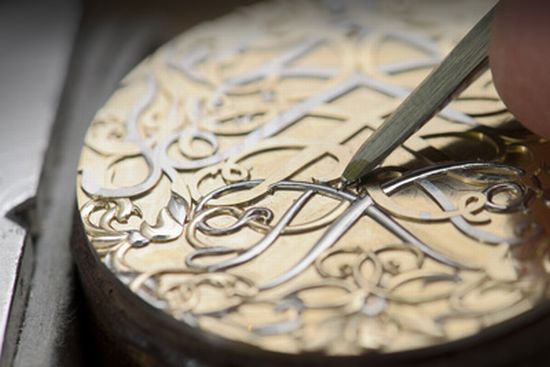The earliest timepieces were probably simple candles with notches marked in them. Each notch was known to take a certain time to burn down, therefore giving those observing it an idea of how much time had elapsed.
Later, inventive people made more sophisticated and ingenious contraptions based on a water-dripping principle. A large bucket of water, for example, would be rigged up to drip its contents into another container. Those in charge of it might fill it with enough water for it to take 12 hours to drain from one container to the other. As the level dropped, markings would show how many hours had passed, giving the owners of such a modern piece of kit a good indication to the time, especially if they had started the dripping process when they knew it was mid-day. Great idea, but not so good if the person employed to keep an eye on the time machine fell asleep, only to wake once the dripping had stopped.
Tight time-keeping was clearly a nightmare, but I assume people didn’t run around so frantically in those days, so it really didn’t matter.
It was not until the Middle Ages for the sundial to be invented, and then, in due course, churches, town halls, and manor houses all had them.
Even though the earliest known mechanical clock in the world was made for Salisbury Cathedral in 1386, the sundial proved good enough for most of the population until as late as the 18th century. By that time though, the art of clock and watch-making really began to come into its own.
By the early 18th century, just about every small town had at least one clockmaker. Business boomed throughout that century as more and more people were able to buy clocks and other types of timepieces. It took the government of the day quite some time to realize that these clockmakers were probably making far too much money, and so to bring them down to earth a bit, the authorities decided to tax all clocks and watches.
In 1797 a new act was passed which taxed gold watches at ten shillings, silver ones at two shillings and sixpence, and clocks at five shillings. It seemed like a great money making idea at the time, but sadly, the effect on the clock-makers was devastating and many went out of business. The act was repealed a year later in 1798, but that was too late for many small businesses.
As a rule of thumb, the finest and most expensive clocks were made in Europe from the 17th century to the early 19th century. During the 1800’s the industrial revolution produced new machinery and the ability to make almost anything in huge numbers, and some manufacturers started mass-producing clocks.
These 19th century clocks, especially the later ones, can be bought surprisingly cheaply, and it is also surprising to know that one of the biggest makers of clocks sold in the UK during the late 19th century were the Americans.
By 1900, 8,000 clocks a day were being shipped from Connecticut to all corners of the earth. One of these American clocks can be bought from any number of antique shops today for around £100, which is solidly good value for money, especially compared with the cost of a new one.
Specialist antique clock dealers are a funny bunch who tend to be fanatical about their subject. Most seem to love nothing more that talking about clocks. Many have tried over the years to explain to me the inner workings of the things, but my attention span on anything technical is about ten seconds. It’s a shame, but this just isn’t long enough to get years of mechanical and engineering expertise squeezed into my brain; so I leave the complicated intricacies to those who know.
My home has three antique clocks; they all sound great and chime beautifully; they add to the atmosphere of the house, and I find something quite special about winding them up every Saturday morning. As for understanding how clocks work, I haven’t a clue, but luckily I have a local clockmaker who does, and once an expert has an old clock set up and tweaked, it just runs and runs and runs.
Caring for an antique clock.
Unless you intend to learn clock mechanisms in minute detail, don’t be tempted to strip down an antique clock to give it a clean. Leave this to a professional clockmaker. They know what they’re doing, they’re not that expensive, and it’s money well spent.
Like a car, a clock needs servicing. Every four-to-six years should do.
Never move a clock with its pendulum in place. Remove it carefully before changing its position and then re-fit.
It is best to screw longcase (grandfather) clocks to the wall to keep them in position. They’re much happier like this, as there’s no danger of them falling and smashing to pieces, and you can dust the case without bothering the running. Most old longcases will have drill holes in the backboards especially for this, but if yours doesn’t, it’s no problem. Just add them; it won’t affect the value.
Marriages
A clock is described as a marriage when the workings are not original to the case. Experts can tell this at 10 paces, but it can be very difficult for amateurs to spot. This does, of course, affect the value, but generally speaking it is acceptable as long as the case and the workings are contemporary to each other and are in the same style and of the same quality.
Buying
Just because a clock is ticking in an auction saleroom doesn’t mean that it’s working effectively. Remember, it’ll need moving and setting up after the sale. Buying from an established and well-respected dealer is the way to go if you want the assurance of authenticity and a guarantee.
An eight-day clock (one that needs winding once a week) is much more desirable than a 30-hour (wind daily) one.
Look inside the case!
You never know – someone once found £10,000 stuffed into the bottom of an old longcase – so it’s always worth a look!

